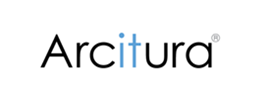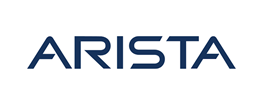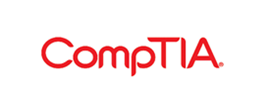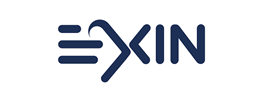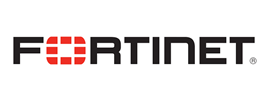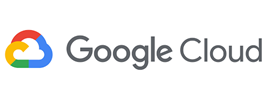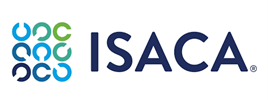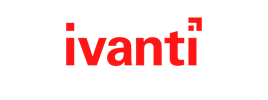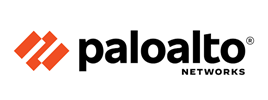- Course overview
- Course details
- Prerequisites
Course overview
About this course
Cloud computing has passed the hype stage and is now mainstream. This course provides the overview that explains why the cloud is important, how to approach it and introduces the fundamental technology that is necessary for a cloud environment. You’ll learn the business needs and the technology enablers that lead to the creation of the cloud, understand the cloud delivery models as well as common risks and vulnerabilities of cloud-based solutions.
Audience profile
IT Professionals, Technical Architects, Enterprise Architects, Solution Architects, Infrastructure Architects, anyone that wants to understand more about the cloud.
At course completion
You will know the -
- Fundamental Cloud Computing Terminology and Concepts
- Basics of Virtualization
- Specific Characteristics that Define a Cloud
- Understanding Elasticity, Resiliency, On-Demand and Measured Usage
- Benefits, Challenges and Risks of Contemporary Cloud
- Computing Platforms and Cloud Services
- Cloud Resource Administrator and Cloud Service Owner Roles
- Cloud Service and Cloud Service Consumer Roles
- SaaS, IaaS and PaaS Cloud Delivery Models
- Public Cloud, Private Cloud, Hybrid Cloud and Community Cloud Deployment Models
- Business Cost Metrics and Formulas for Comparing and
- Calculating Cloud and On-Premise Solution Costs Formulas for Calculating and Rating SLA Quality of Service Characteristics
- Cloud Computing Mechanisms that Establish Architectural Building Blocks
- Virtual Servers, Containers, Ready-Made Environments, Failover Systems and Pay-Per-Use Monitors
- Automated Scaling Listeners, Multi-Device Brokers and Resource Replication
- An Introduction to Containerization, Container Hosting and Logical Pod Containers
- A Comparison of Containerization and Virtualization
- Cloud Balancing and Cloud Bursting Architectures
- Common Risks, Threats and Vulnerabilities of Cloud-based Services and Cloud-hosted Solutions
- Cloud Security Mechanisms used to Counter Threats and Attacks
- Cloud Storage Benefits and Challenges, Cloud Storage Services, Technologies and Approaches
- Cloud Service Testing Considerations and Testing Types
Course details
Day 1
Module 1: Fundamental Cloud Computing
Concepts, terminology, technologies, benefits, challenges, SLAs and business cost metrics associated with cloud computing are covered, along with SaaS, IaaS, PaaS delivery models, common cloud deployment models, and cloud characteristics.
- Fundamental Cloud Computing Terminology and Concepts
- Basics of Virtualization
- Specific Characteristics that Define a Cloud
- Understanding Elasticity, Resiliency, On-Demand and Measured Usage
- Benefits, Challenges, and Risks of Contemporary Cloud Computing Platforms and Cloud Services
- Cloud Resource Administrator and Cloud Service Owner Roles
- Cloud Service and Cloud Service Consumer Roles
- Software as a Service (SaaS), Platform as a Service (PaaS) and Infrastructure as a Service (IaaS) Cloud Delivery Models
- Combining Cloud Delivery Models
- Public Cloud, Private Cloud, Hybrid Cloud and Community Cloud Deployment Models
- Business Cost Metrics and Formulas for Comparing and Calculating Cloud and On-Premise Solution Costs
- Service Level Agreements (SLAs) for Cloud-based IT Resources
- Formulas for Calculating and Rating SLA Quality of Service Characteristics
Day 2
Module 2: Cloud Technology Concepts
This course covers a range of topics related to cloud computing mechanisms, cloud security threats and controls, and essential cloud technologies. Also addressed are testing, cloud storage, industry standards, and emerging technologies and trends.
- Cloud Computing Mechanisms that Establish Architectural Building Blocks
- Virtual Servers, Ready-Made Environments, Failover Systems, and Pay-for-Use Monitors
- Cloud Balancing and Cloud Bursting Architectures
- Common Risks, Threats, and Vulnerabilities of Cloud-based Services and Cloud-hosted Solutions
- Cloud Security Mechanisms Used to Counter Threats and Attacks
- Understanding Cloud-Based Security Groups and Hardened Virtual Server Images
- Cloud Service Implementation Mediums (including Web Services and REST Services)
- Cloud Storage Benefits and Challenges
- Cloud Storage Services, Technologies, and Approaches
- Non-Relational (NoSQL) Storage Compared to Relational Storage
- Cloud Service Testing Considerations and Testing Types
Day 3
Module 3: Cloud Technology Lab
This course module presents participants with a series of exercises and problems designed to test their ability to apply their knowledge of topics covered previously in course modules 1 and 2. Completing this lab will help highlight areas that require further attention, and will further prove hands-on proficiency in cloud computing concepts, technologies, and practices as they are applied and combined to solve real-world problems.
As a hands-on lab, this course provides a set of that require detailed exercises. Both individual and group exercises are provided that require participants to solve a number of inter-related problems, with the ultimate goal of assessing, measuring and planning for the deployment of cloud-based IT resources, and establishing cloud computing technology architectures based on Software-as-a Service (SaaS), Platform-as-a-Service (PaaS) and Infrastructure-as-a-Service (IaaS) delivery models.
Prerequisites
N/A
Enquiry
Course : ARCITURA Certified Cloud Technology Professional
Enquiry
request for : ARCITURA Certified Cloud Technology Professional

